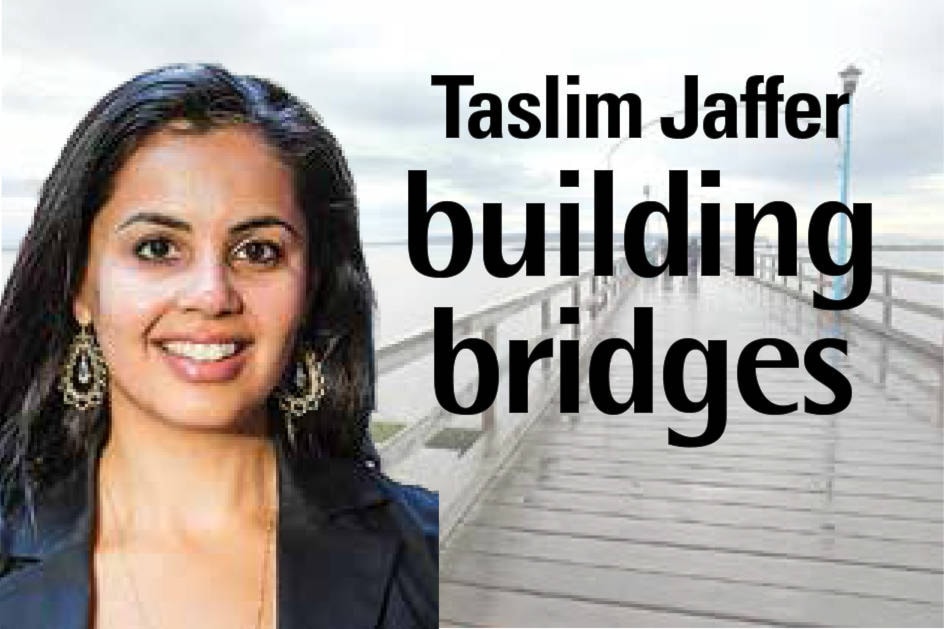Last month, Vancouver-based Globe and Mail reporter Sunny Dhillon resigned from his job “after a dispute over a story involving race.”
He recounted the events in a post on Medium.com Oct. 29 entitled ‘Journalism While Brown and When to Walk Away’ to initiate a discussion about the lack of diversity in Canadian journalism.
According to Dhillon, he was assigned a story one week earlier to cover the incoming Vancouver city council, and specifically to report on its ethnic makeup.
This assignment came to him after that morning’s bureau meeting which Dhillon said “centred heavily, if not entirely, on its ethnic makeup. The story folder and headline later emailed to me by the assistant editor confirmed this view.”
With a deadline looming five hours away, Dhillon interviewed several candidates of colour, during which “thoughtful and heartfelt conversations” took place around racism endured during and prior to the campaign, and the experience of not being completely accepted as Canadian because of skin colour.
As Dhillon sat down to pen these perspectives, and with 90 minutes to go, his post notes, the bureau chief emailed him a new story folder and headline and requested he write less about race and focus on the progressiveness of the new council with its eight female members.
Dhillon said he was already planning to mention the incoming members and note the gender makeup, but the interviews he conducted unearthed an important discussion on race in the Vancouver landscape.
According to Dhillon, when he approached the bureau chief to tell her he did not agree with the decision, he was told that what he thought did not matter and that the newsroom was ‘not a democracy.’
I have yet to see any reaction from the Globe and Mail to Dhillion’s post. In an interview with the Columbia Journalism Review published last week, he said he had yet to receive a formal response.
And we are left to form our own opinions about this lack of response.
While the timing of the veto isn’t relevant, in my eyes, the silencing of the voices of colour is.
I have read Dhillon’s post five times, and each time these lines of his hit me in the gut: “To be a journalist of colour can be to walk a tightrope. On which issues do you weigh in? On which issues do you not? What do you pretend you didn’t see or hear? When that isn’t possible to what do you cowardly chuckle along?”
In the past, I’ve flattened myself against the wall and hoped nobody would notice that I, like the butt of a joke being told by my classmates, was also a person of colour.
I’ve tucked my loose hair behind my ear and exhaled, post-911, when people “couldn’t tell” I was Muslim. I’ve brought up frustrations in conversation and been met by blank stares, and then just let them go.
And those are some moments in my life I am least proud of and will likely never excuse myself from.
Now, as a writer with a public platform, I know my responsibility is to put myself out there. Not just to atone for the times my privilege allowed me to slip through the cracks of uncomfortable situations but because I want to shed light on the real experiences of our community.
I want to be a part of the real conversation.
But, are we having such conversations yet? If Dhillon’s original assignment wasn’t worth printing, how far have we come, really?
Race is not easy to talk about. Race is complicated and it’s made even more complicated by the fact that none of us actually belong to one box; our identities do not lie solely in our DNA. Which is why it is painful for non-white Canadian people to be seen as not fully Canadian. It is painful and ludicrous at the same time.
Silencing these stories is also painful and ludicrous.
Dhillon’s public airing of his experience coaxed similar stories and sentiments, and he shares some of them in a follow-up piece (also on Medium.com) entitled ‘Journalists of Colour: In Their Own Words.’ I encourage you to read both these pieces.
I hope he continues to write and unearth the stories that need to be told. I hope more writers of colour find the courage to do the same. And, above all, I hope the editors who are our partners in journalism dare to walk alongside us.
Taslim Jaffer writes monthly on multicultural connections.
